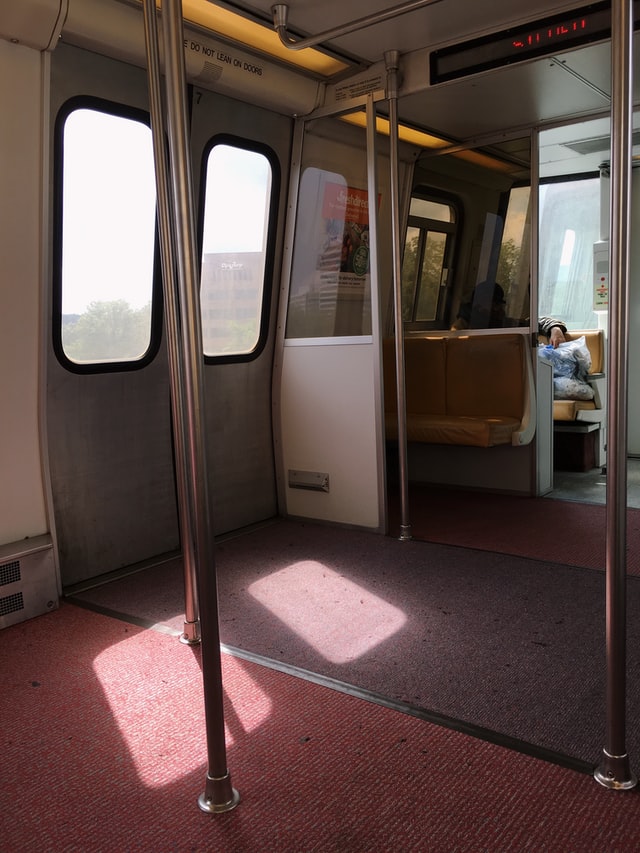Sellers have a tendency to overlook buyers who are expecting to get a VA loan, since they think VA loans are more likely to fall through. But deals involving VA loans actually have a higher rate of success. It’s not difficult to qualify for a VA loan if you meet the basic requirements. There’s still the issue of convincing the seller, but there are things you can do to help with that.
Consider working with a lender that specializes in VA loans. Expert guidance can help both the buyer and the seller truly understand what a VA loan means for their prospects. In addition, while VA loans don’t require any down payment, it’s a good idea to put money down anyway. This makes the deal look better to the seller, and ensures that they won’t assume you lack the money to cover a potential difference in appraisal vs sale price, which VA loans don’t cover. And of course, making a better offer will always appeal to a seller. It may not skyrocket you to first choice, but you’ll be in better contention.
Photo by Daniela Araya on Unsplash



















